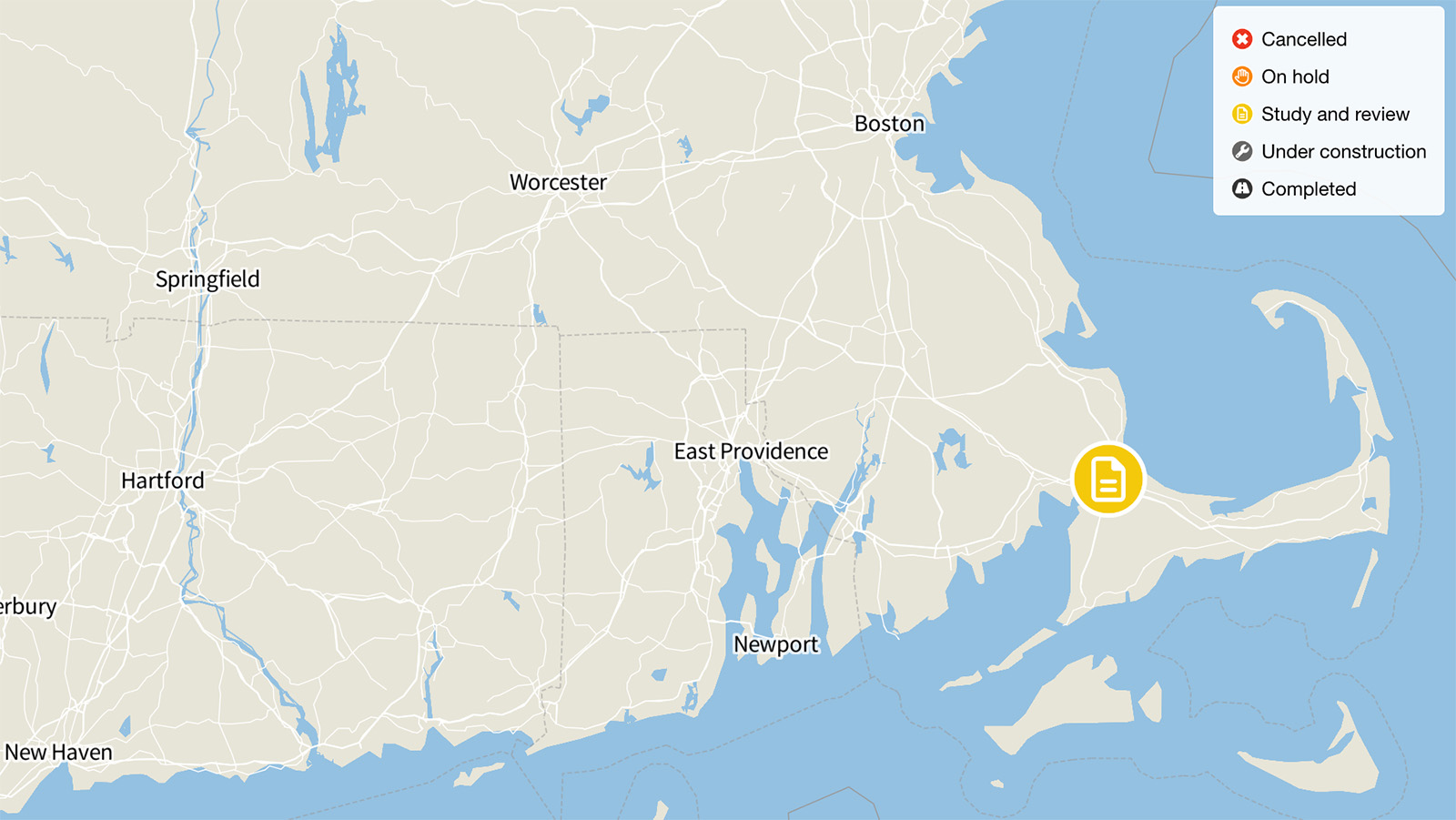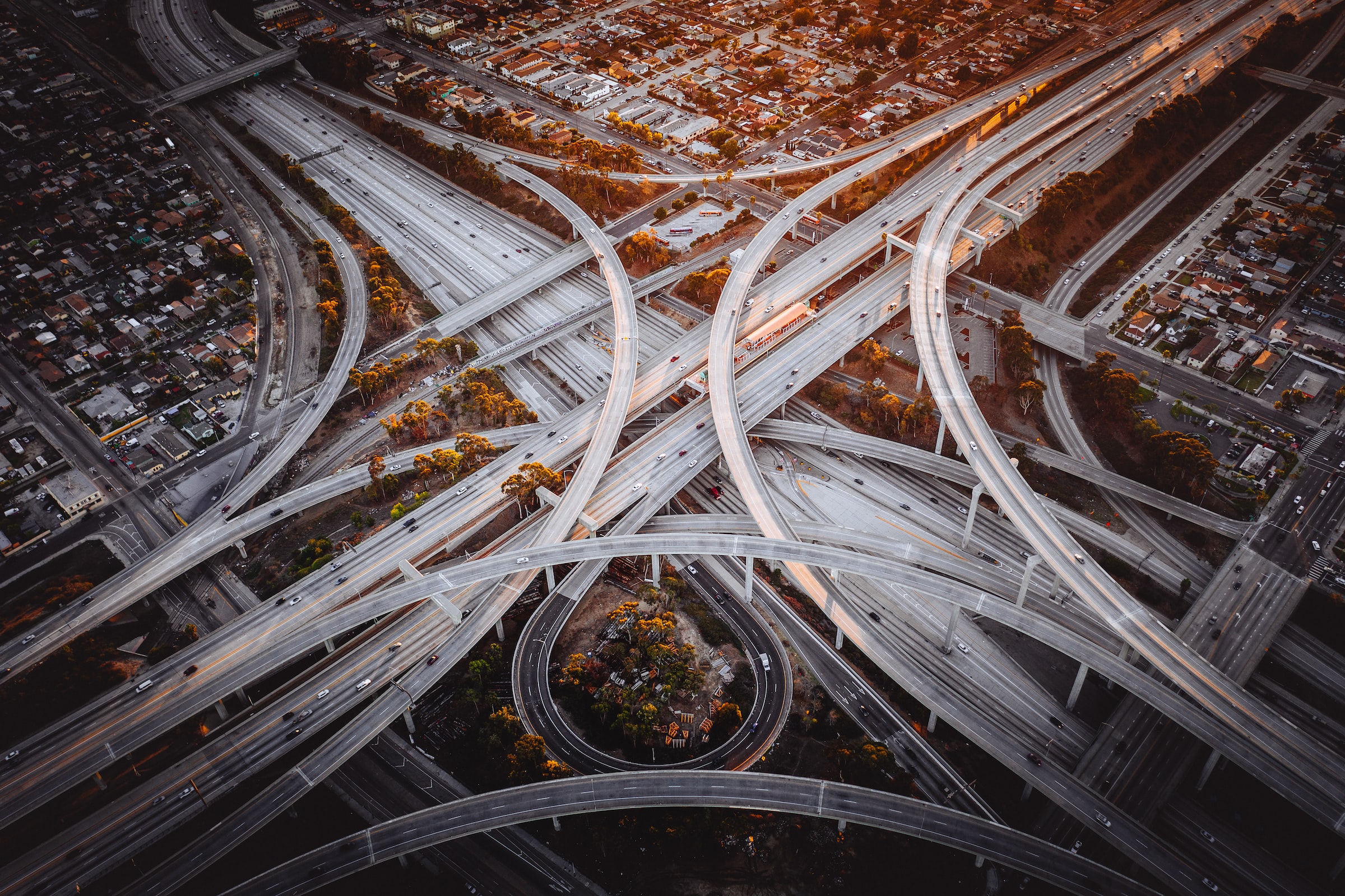
Widening I-94 Through Detroit, Michigan
Michigan highway planners want to spend $2.7 billion to widen Interstate 94 through the heart of Detroit, saying that the existing road needs not just resurfacing and better bridges, but also more capacity. State officials continue to push forward with the project despite Detroit’s rapid population loss and other woes, and despite the fact that traffic volume on the stretch of road being considered for expansion is no higher than it was in 2005. Expanding the highway might even make Detroit’s economic recovery more difficult by further separating two neighborhoods that have been leading the city’s nascent revitalization.
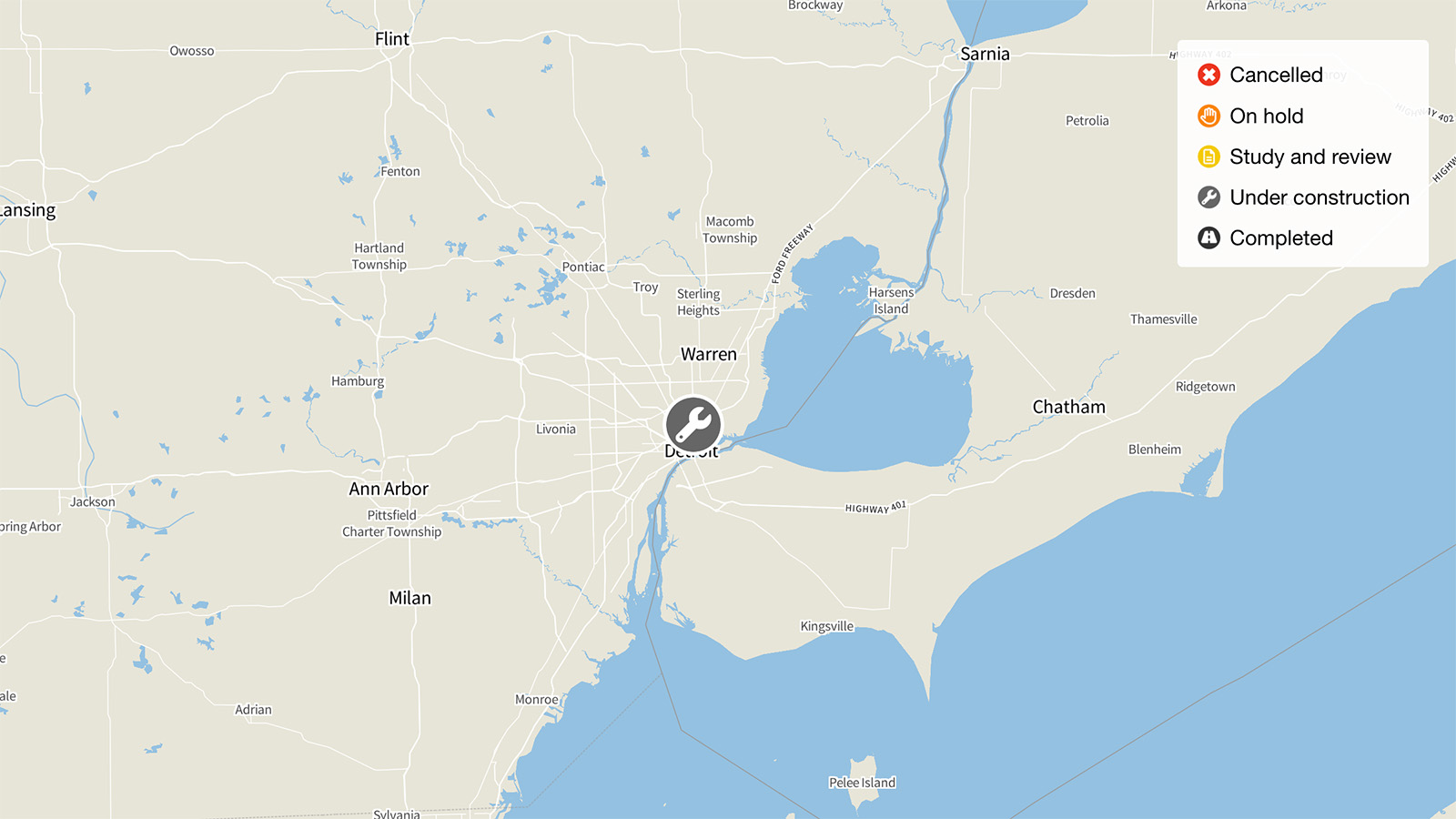
Status: Under construction
Originally reported cost: $2.7 billion
Update for current status:
As of September 2023, the I-94 widening project is under construction.
Update from Highway Boondoggles 4, 2018:
Original plans for the “I-94 Modernization” project were to spend $2.7 billion to widen a 6.7-mile stretch of highway through the heart of Detroit. The project was reanimated by the Michigan Department of Transportation after it was abandoned in the 1990s and was set to add a lane in each direction, while demolishing buildings along the way in an area struggling to recover from economic recession. Two neighborhoods that had been making significant headway in economic recovery – Midtown and New Center – would have been further separated by the highway, creating large losses in land development potential.
Following public outreach, the Michigan DOT has begun to rethink its plans. Public comments widely objected to widening the highway, and called for better neighborhood connectivity and better pedestrian and bicycle infrastructure. MDOT is currently studying whether additional lanes are actually appropriate for the highway, and is considering alternatives to managing congestion, including an active traffic management system that could open and close auxiliary lanes. Proposed modifications would no longer include widening the highway footprint. Construction is expected to begin in 2019, although as of early 2018 environmental review is ongoing.
Original story from Highway Boondoggles, 2014:
Michigan highway planners want to spend $2.7 billion to widen Interstate 94 through the heart of Detroit, saying that the existing road needs not just resurfacing and better bridges, but also more capacity. State officials continue to push forward with the project despite Detroit’s rapid population loss and other woes, and despite the fact that traffic volume on the stretch of road being considered for expansion is no higher than it was in 2005. Expanding the highway might even make Detroit’s economic recovery more difficult by further separating two neighborhoods that have been leading the city’s nascent revitalization.
The proposal would widen a seven-mile segment of I-94 (called the Edsel Ford Expressway) that runs in a trench sunk through the center of the city between the Midtown and New Center neighborhoods. Those areas are important for the city’s revitalization because of their central location; their efforts including boosting arts and culture, retail and commercial space, innovative planning, and promotion of downtown living have been gaining steam in recent years. In fact, better connecting the neighborhoods is one reason for a $140 million streetcar project that broke ground in late July 2014. Officials have already begun calling for expansion of that project, but funds are currently lacking. The proposed expansion of the highway would meanwhile have the opposite effect, widening the physical trench between the neighborhoods and removing 11 bridges across the freeway that would not be replaced. As a result, bicycle riders and pedestrians in the area would have to travel as much as six blocks out of their way to reach destinations.
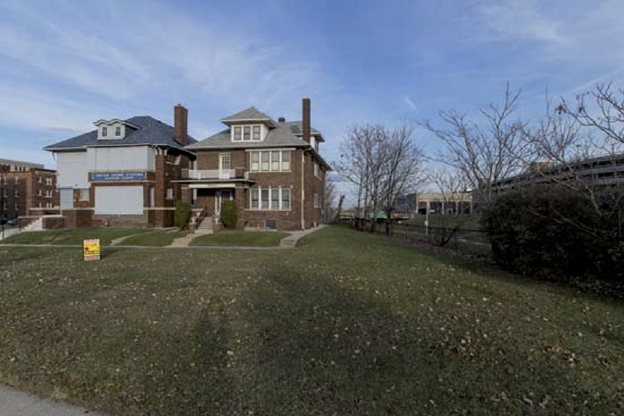
Several buildings, including Detroit’s oldest recording studio, at left, would be destroyed by the proposed expansion of I-94 as it runs through the city. Credit: Mode Shift
Transportation officials say many buildings in the neighborhoods would have to be removed to make room for the wider road. The project requires displacing or demolishing 12 commercial buildings, 14 single-family homes, two duplexes and two apartment buildings with 14 units between them, as well as three buildings either on or eligible for inclusion in the National Register of Historic Places, including the city’s oldest recording studio.
These impacts could be lessened—along with the project’s cost—if state officials opted to rebuild the highway on its existing footprint. Despite Detroit’s plummeting population and the reduced use of the highway in recent years, planners—citing data compiled as early as 2002—say the road could not handle the traffic it previously handled, nor the level of use they predict for its future.
The project’s original documentation, from 2003, anticipated that vehicle-miles traveled in the region would increase by more than 11 percent by 2025. In fact, VMT in the region decreased by 14 percent by 2013.
Traffic counts throughout that section of road show that of 11 segments where comparisons are possible, 10 saw 2012 traffic lower than it was in 2000, and the 11th saw less traffic in 2012 than in 2003.
Questionable and outdated as the project’s future traffic projections seem, they remain crucial as the justification for not simply rebuilding the existing road surface and pedestrian bridges, which do need major work, but also adding a full travel lane in each direction on the highway, plus wider shoulders, additional lanes for entering and exiting the highway, and parallel service roads on both sides running the length of the project distance.
Southeastern Michigan residents have questioned the merit of prioritizing highway expansion in the region. A November 2012 survey of residents of the city of Detroit and seven surrounding counties found that more people say they “would rather live with current levels of traffic congestion (63 percent) than pay more to reduce traffic congestion (37 percent).”
Plenty of other transportation priorities lack funding. Other than the streetcar, there is no rail transit in the region. A March 2014 Wall Street Journal article highlighted the advanced age and poor repair of Detroit’s buses—and noted that almost two-thirds of Detroit residents with jobs commute to workplaces outside the city limits. Public transportation in Detroit has long been of low quality, and recent efforts to improve transit service in the city have fallen victim to the city’s fiscal woes—a problem that does not seem to be slowing down the progress of the highway project.

Topics
Find Out More

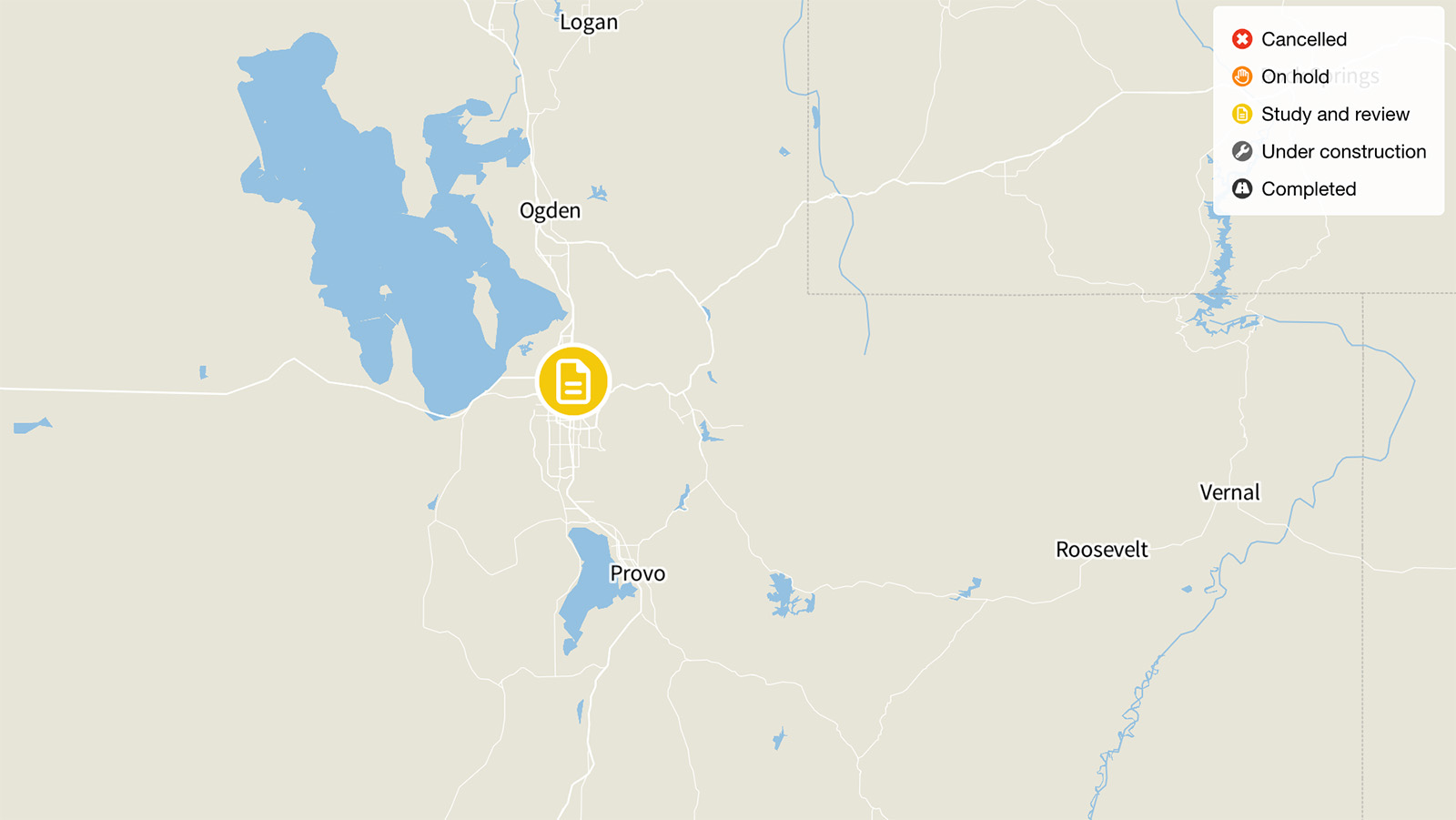
I-15 Expansion, Salt Lake City
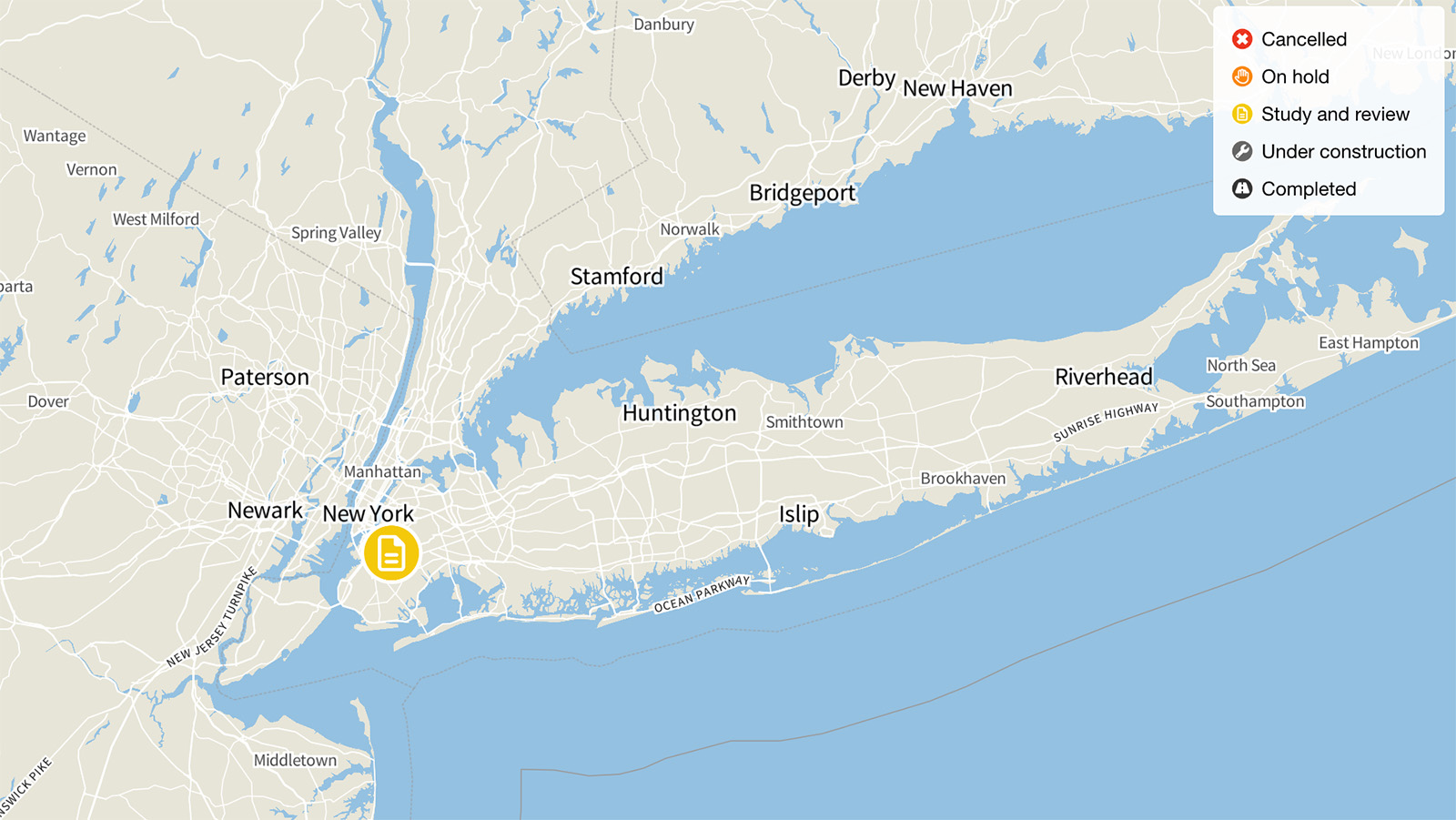
The Brooklyn-Queens Expressway, New York
